39 definition of natural flavors on food labels
9 CFR § 317.2 - Labels: definition; required features. Aug 17, 2022 · Natural flavors include the natural essence or extractives obtained from plants listed in 21 CFR 182.10, 182.20, 182.40, 182.50 and 184, and the substances listed in 21 CFR 172.510. The term natural flavor, natural flavoring, flavor or flavoring may also be used to designate spices, powered onion, powdered garlic, and powdered celery. Use of the Term Natural on Food Labeling | FDA The FDA Requests Comments on Use of the Term "Natural" on Food Labeling. Because of the changing landscape of food ingredients and production, and in direct response to consumers who have ...
Natural Flavors Defined | NatureClaim "the term natural flavor or natural flavoring means the essential oil, oleoresin, essence or extractive, protein hydrolysate, distillate, or any product of roasting, heating or enzymolysis, which has the flavoring constituents derived from a spice, fruit or fruit juice, vegetable or vegetable juice, edible yeast, herb, bark, bud, root, leaf or …

Definition of natural flavors on food labels
What does "natural" really mean on food labels? - CBS News About two-thirds of people surveyed said they believe the term "natural" means that a processed food has no artificial ingredients, pesticides or genetically modified organisms (GMOs). But in fact,... Natural Flavors on Meat and Poultry Labels | Food Safety and Inspection ... Defined the ingredients, i.e., spices, spice extractives, and essential oils, that may be declared as "natural flavors" or "flavors" on meat and poultry labels. Required more specific listing of certain ingredients. What does natural flavoring mean on a label? - USDA Knowledge Article Spices (e.g., black pepper, basil, and ginger), spice extracts, essential oils, oleoresins, onion powder, garlic powder, celery powder, onion juice, and garlic juice are all ingredients that may be declared on labeling as "natural flavor," "flavor," or "flavoring."
Definition of natural flavors on food labels. What are "Natural" Flavors In Food? - Public Goods Natural flavors can be derived from a variety of fruits, vegetables, seeds, and many other naturally sourced plants or substances. On the contrary, artificial flavors come from inedible substances like petroleum and are mixed to mimic natural flavors. To put it in layman's terms, take a moment to consider a food or beverage that contains ... What is Modified Food Starch (E1404–E1452): Types, Uses, and is … Jan 02, 2020 · According to FDA, that in the USA, starch in food labels is considered the common or usual name for starch made from corn; alternatively, the name “cornstarch” may be used. Starches from other sources should be designated by some non-misleading term that indicates the source of such starch, for example, “potato starch,” “wheat starch ... What Does "Natural Flavors" Mean on the Ingredient List? the fda defines natural flavor or flavoring as, "the essential oil, oleoresin, essence or extractive, protein hydrolysate, distillate, or any product of roasting, heating or enzymolysis, which contains the flavoring constituents derived from a spice, fruit or fruit juice, vegetable or vegetable juice, edible yeast, herb, bark, bud, root, leaf or … SPECIAL REPORT: Bioengineered food labeling: ‘They kind of shot … 2 days ago · For some stakeholders in the natural foods industry, he says, it missed the mark , both in scope (the definition fails to capture thousands of products that have been produced with genetic ...
What is Carboxymethyl Cellulose (CMC)/Cellulose Gum (E466) in Food … Jan 08, 2020 · It is an ingredient commonly found in both gluten-free and gluten-containing food labels. It is produced from cellulose complying with the FDA’s definition of gluten free, ... We understand that consumers prefer natural food and have concerns about modified cellulose used as ingredients in the foods we eat. It is generally considered safe but ... Natural food - Wikipedia Natural food and all-natural food are terms in food labeling and marketing with several definitions, often implying foods that are not manufactured by processing.In some countries like the United Kingdom, the term "natural" is defined and regulated; in others, such as the United States, the term natural is not enforced for food labels, although there is USDA regulation of … What Does 'Natural Flavors' Mean on Food Labels? - Better Homes & Gardens The term natural flavor or natural flavoring is defined by the FDA as "a substance extracted, distilled, or similarly derived from natural sources like plants (fruits, herbs, veggies, barks, roots, etc.) or animals (meat, dairy products, eggs, etc.) via a method of heating, with its primary function in food being flavoring not nutritional." Natural Flavors: Should You Eat Them? - Healthline Sep 28, 2021 · According to the Food and Drug Administration (FDA) Code of Federal Regulations, natural flavors are created from substances extracted from these plant or animal sources ():spices
In Pictures: 29 Foods With "Health Claims" That Are Deceiving … Apr 26, 2013 · A. It’s a little scary that food companies can put deceptive labels on foods we already know are unhealthy. I’ve first-hand see people say “oh, look, it’s all natural!” and then never question the food from then on out.-Agreed. B. The whole “all natural thing.” People think if a label says it’s natural, it’s fine to eat. Natural Flavors: Should You Eat Them? - Healthline Natural flavors are meant to enhance flavor, not necessarily to contribute nutritional value to a food or beverage. These flavorings are extremely common in foods and beverages. In fact, research... Are "Natural Flavors" Really Natural? Are They Good for You? - GoodRx According to the FDA, a natural flavoring is an essential oil or extract from a plant or animal source. Natural flavors may come from a variety of sources, including: Spices and herbs Fruit or fruit juice Vegetables or vegetable juice Edible yeast, roots, bark, buds, or similar plant material Meat, seafood, or poultry Eggs Dairy products What Every Consumer Should Know About Foods and Flavors If the maple flavor comes from a natural maple flavor, you may see "natural maple flavor" or "natural flavor" in the ingredient list. If you want a product made or flavored with the actual fruit,...
What Are Natural Flavors? - Pure Food Company In processed food, this chemical mixture is called a "flavor." Because smell comprises 80 to 90 percent of the sense of taste, fragrances and flavors are often alarmingly similar in chemical composition. Reason #3: natural flavors are designed by Big Food to be addictive
Product Information - Trader Joe's We use only "natural flavors" in our products, which the FDA has defined as "the essential oil, oleoresin, essence or extractive, protein hydrolysate, distillate, or any product of roasting, heating or enzymolysis, which contains the flavoring constituents derived from a spice, fruit or fruit juice, vegetable or vegetable juice, edible yeast ...
A Quick Guide To Natural Labels - Flavor Insights "the term natural flavor or natural flavoring means the essential oil, oleoresin, essence or extractive, protein hydrolysate, distillate, or any product of roasting, heating or enzymolysis, which contains the flavoring constituents derived from a spice, fruit or fruit juice, vegetable or vegetable juice, edible yeast, herb, bark, bud, root, leaf …
Natural Flavors: What are they and are they safe to eat? the official fda definition of a natural flavor is "the essential oil, oleoresin, essence or extractive, protein hydrolysate, distillate, or any product of roasting, heating, or enzymolysis, which contains the flavoring constituents derived from a spice, fruit, or fruit juice, vegetable or vegetable juice, edible yeast, herb, bark, bud, root, …
Navigating Natural Flavor Regulations - Sigma-Aldrich The EU definition of natural flavors is stricter than that in the US. As a result, EU natural flavors meet the US requirement, but the reverse is not necessarily true. ... and identified in nature all as part of the criteria for a natural flavor declaration on a food label. Since the EU regulation is one of the most proscriptive, EU natural ...
The "Natural" vs. "Natural Flavors" Conflict in Food Labeling: A ... In reality, "natural flavors" are a far cry from what consumers might expect, as they can contain both artificial and synthetic chemicals (often used as processing aids). Nonetheless, without a legally binding Natural regulation, there has been little opportunity to contest the naturalness of natural flavors in the past.
National Association of Flavors & Food-Ingredient Systems - A 'Natural ... The word, "Natural" in the dictionary means: existing in or caused by nature; not made or caused by humankind. As such, any ingredient that is made by artificial, synthetic or genetically modified means it cannot rightfully be "natural.". "Basically if you put something in it or on it that a child cannot spell, it isn't natural.
Use of the Term Natural on Food Labeling | FDA The FDA has considered the term "natural" to mean that nothing artificial or synthetic (including all color additives regardless of source) has been included in, or has been added to, a food that...
Food Q&A: Just what is 'natural' flavoring? - TODAY.com the definition of natural flavor under the code of federal regulations is: "the essential oil, oleoresin, essence or extractive, protein hydrolysate, distillate, or any product of roasting, heating...
Natural Flavors on Meat and Poultry Labels | Food Safety and Inspection ... Defined the ingredients, i.e., spices, spice extractives, and essential oils, that may be declared as "natural flavors" or "flavors" on meat and poultry labels. Required more specific listing of certain ingredients.
Overview of Food Ingredients, Additives & Colors | FDA Natural ingredients are derived from natural sources (e.g., soybeans and corn provide lecithin to maintain product consistency; beets provide beet powder used as food coloring).
What does natural flavoring mean on a label? - USDA Knowledge Article Spices (e.g., black pepper, basil, and ginger), spice extracts, essential oils, oleoresins, onion powder, garlic powder, celery powder, onion juice, and garlic juice are all ingredients that may be declared on labeling as "natural flavor," "flavor," or "flavoring."
Natural Flavors on Meat and Poultry Labels | Food Safety and Inspection ... Defined the ingredients, i.e., spices, spice extractives, and essential oils, that may be declared as "natural flavors" or "flavors" on meat and poultry labels. Required more specific listing of certain ingredients.
What does "natural" really mean on food labels? - CBS News About two-thirds of people surveyed said they believe the term "natural" means that a processed food has no artificial ingredients, pesticides or genetically modified organisms (GMOs). But in fact,...





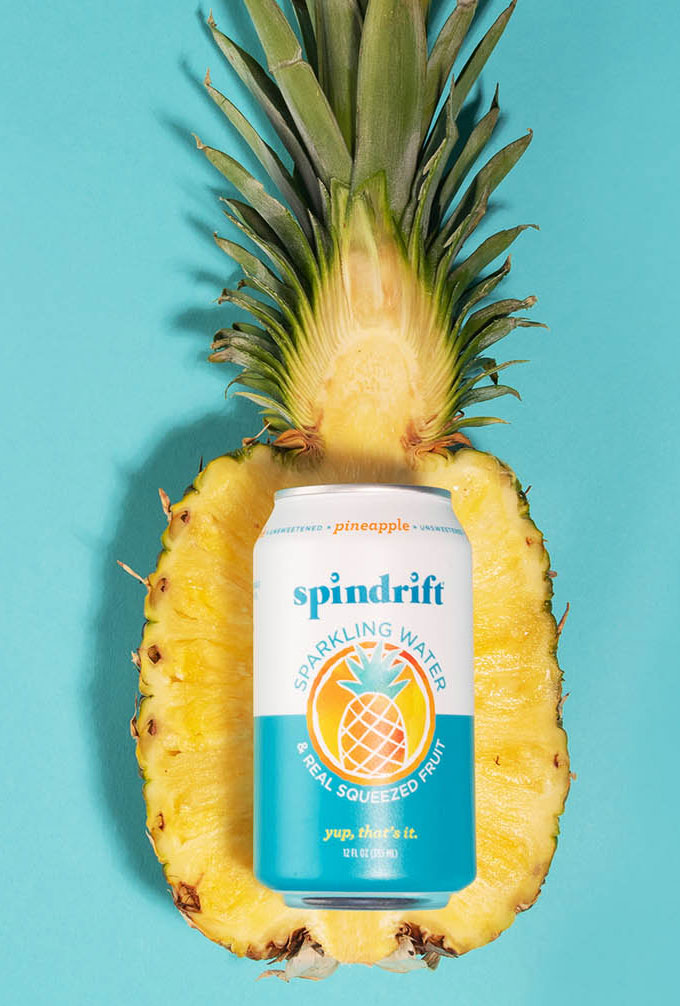








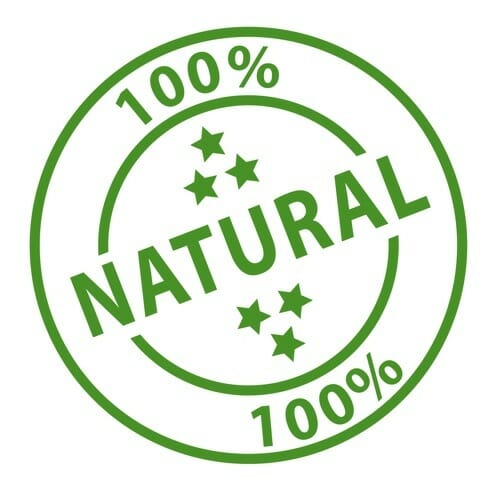

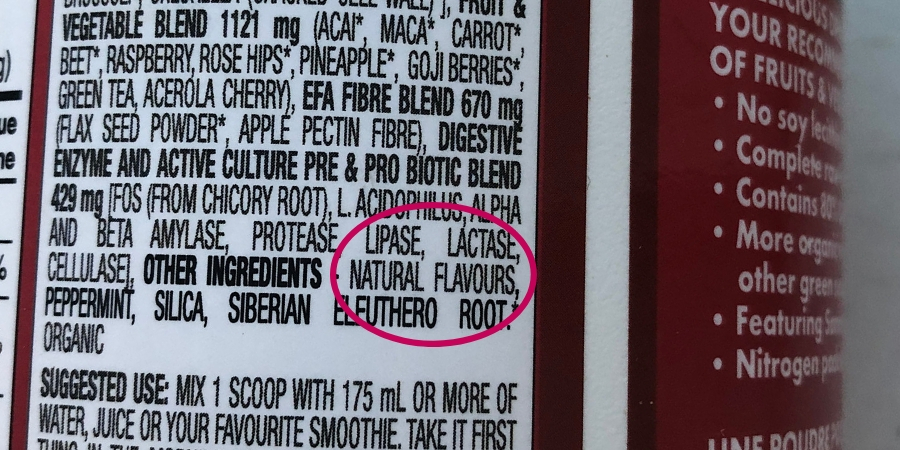


/cherry-juice_crop-779d815ba5ee484fb502e94e96595689.jpg)
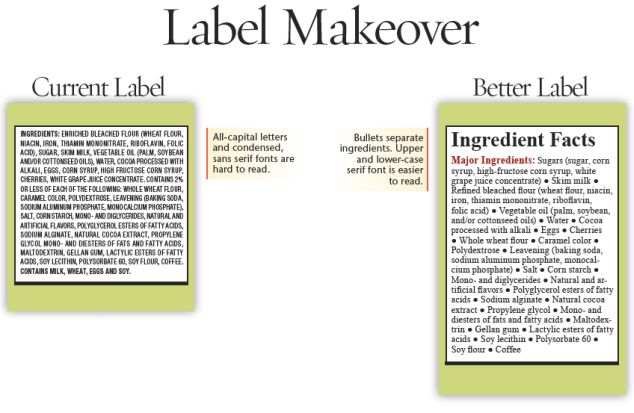


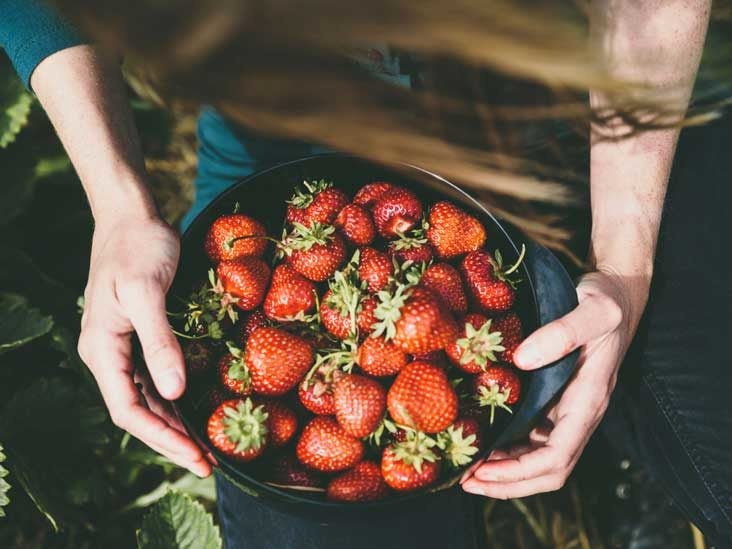
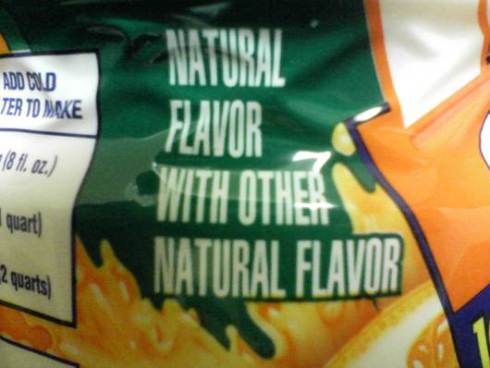

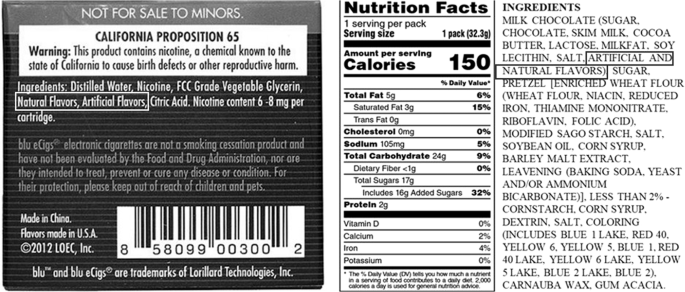

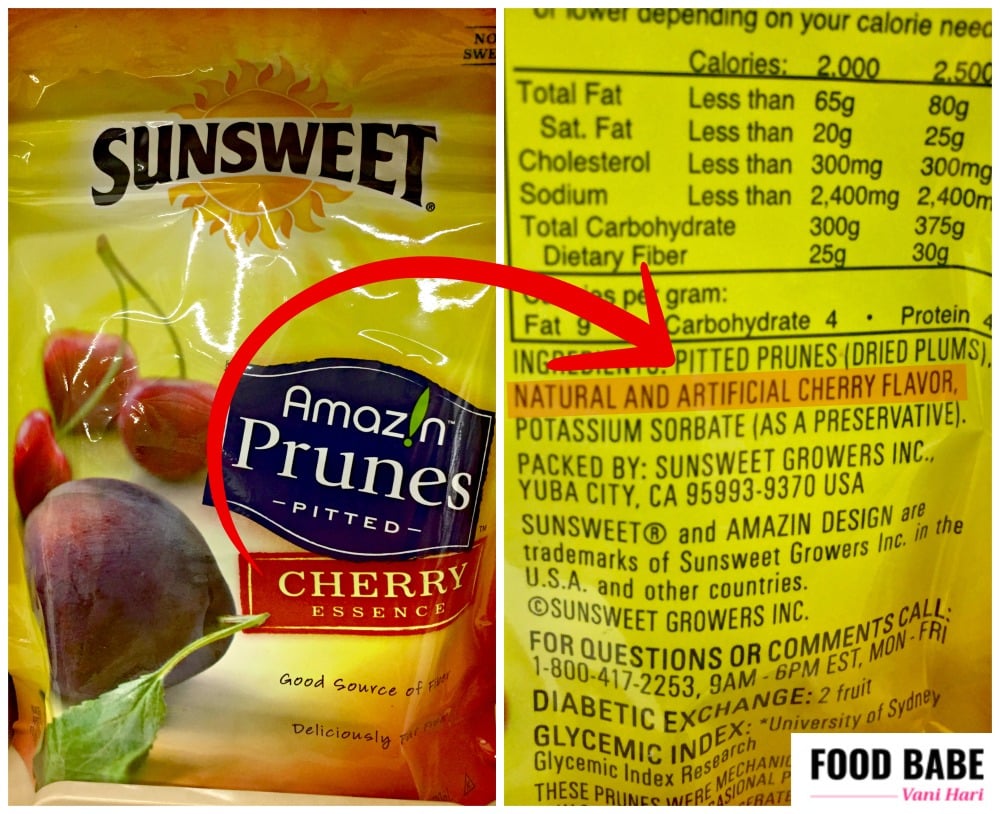



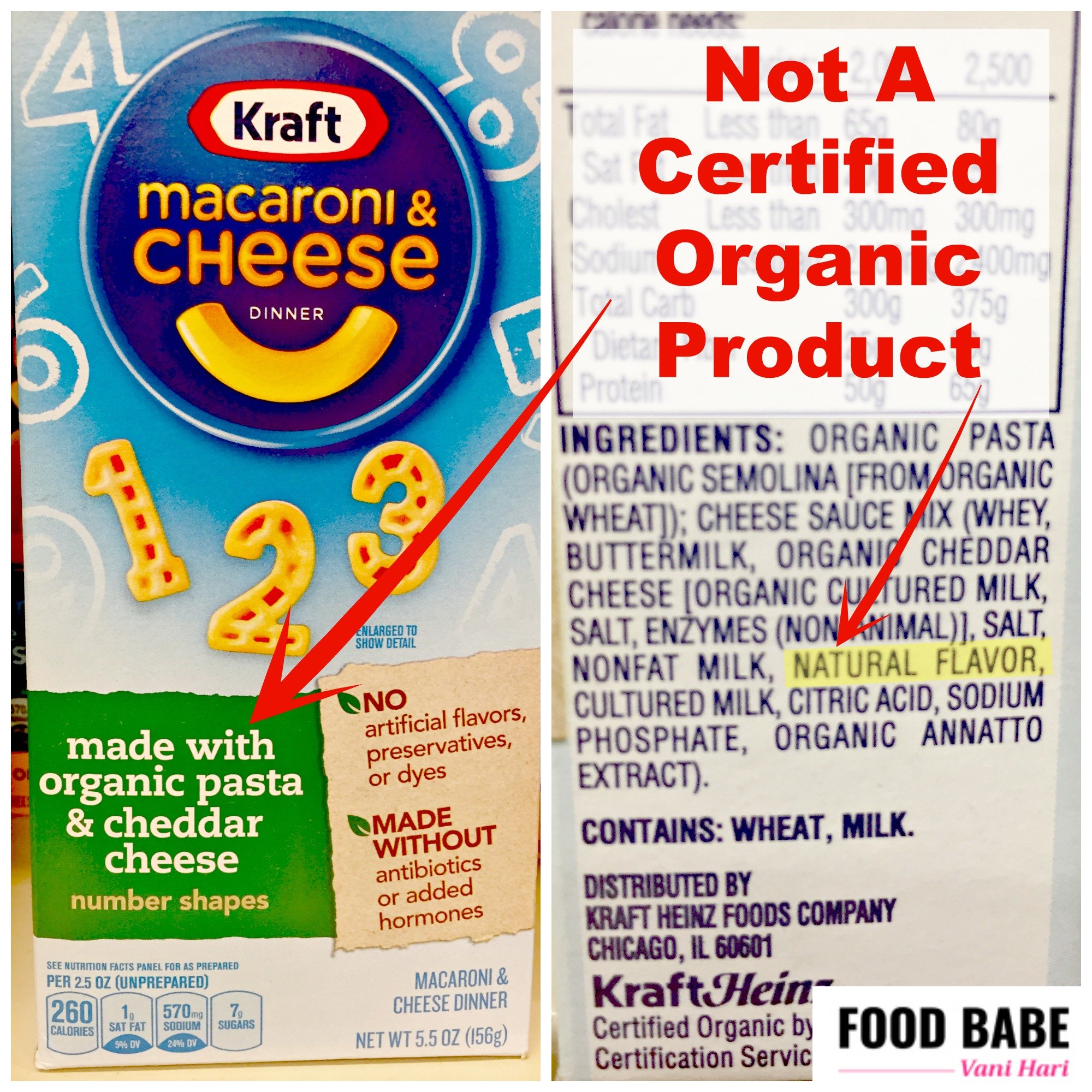

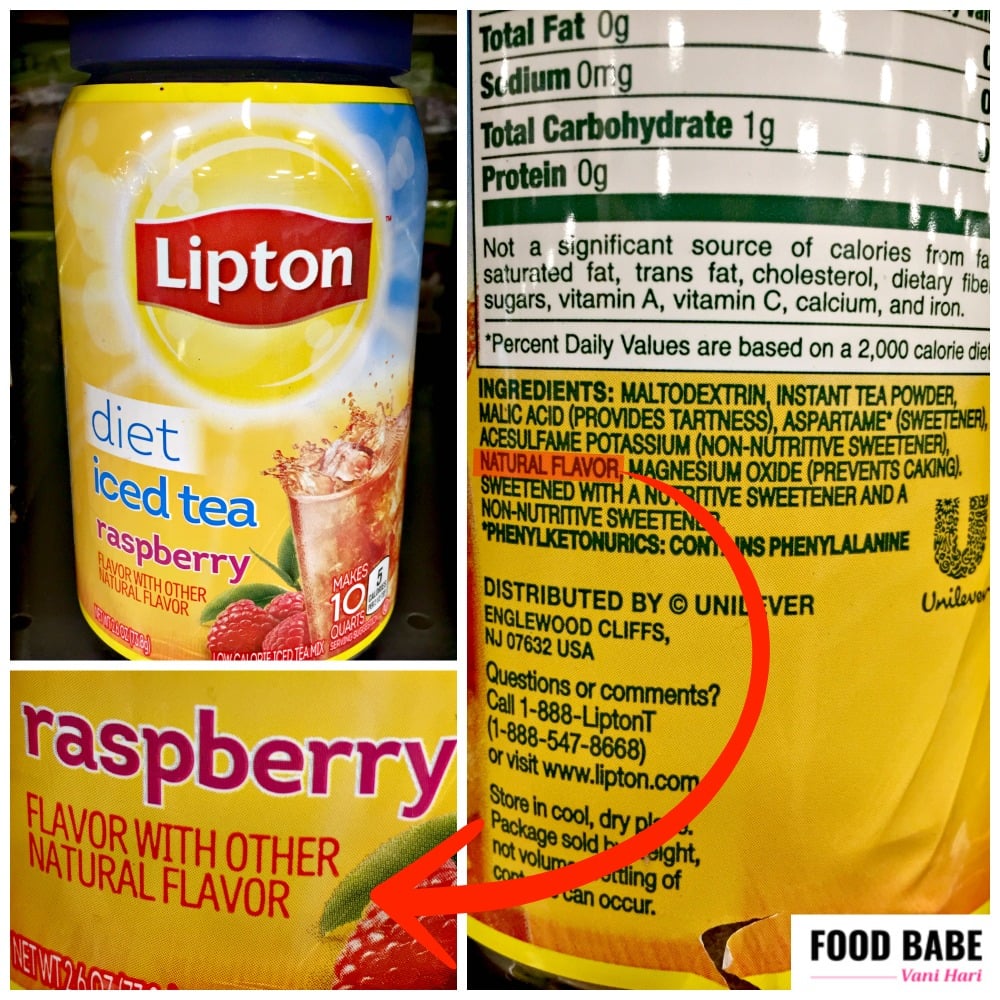
Post a Comment for "39 definition of natural flavors on food labels"